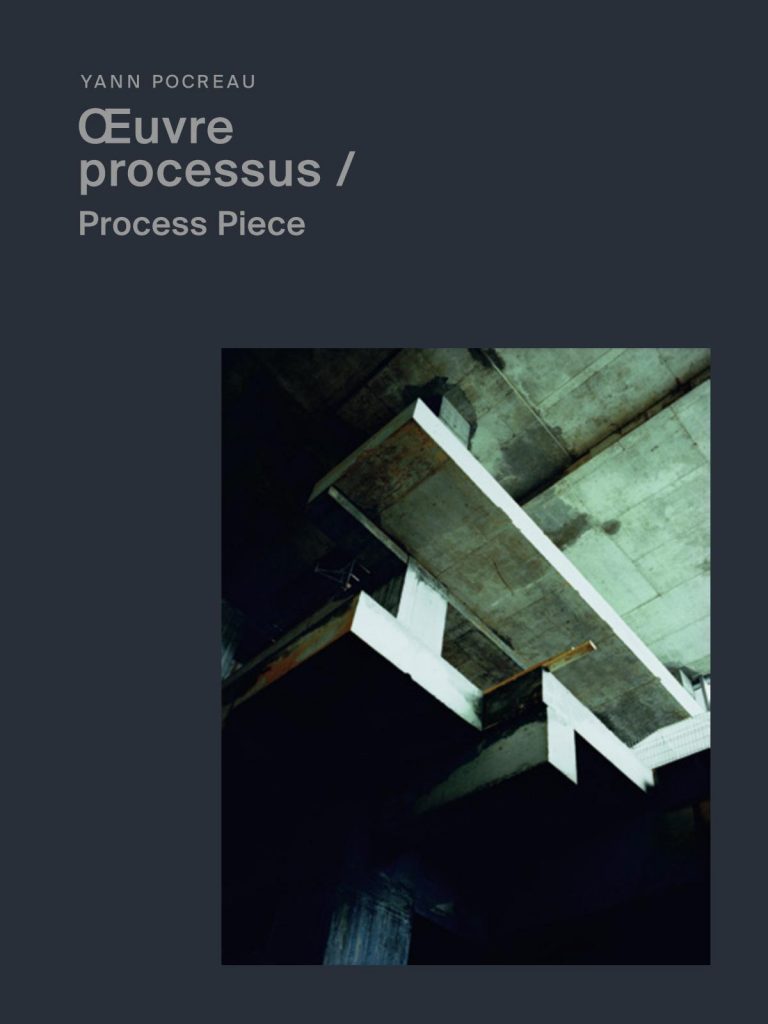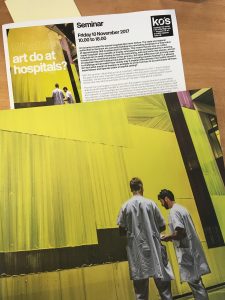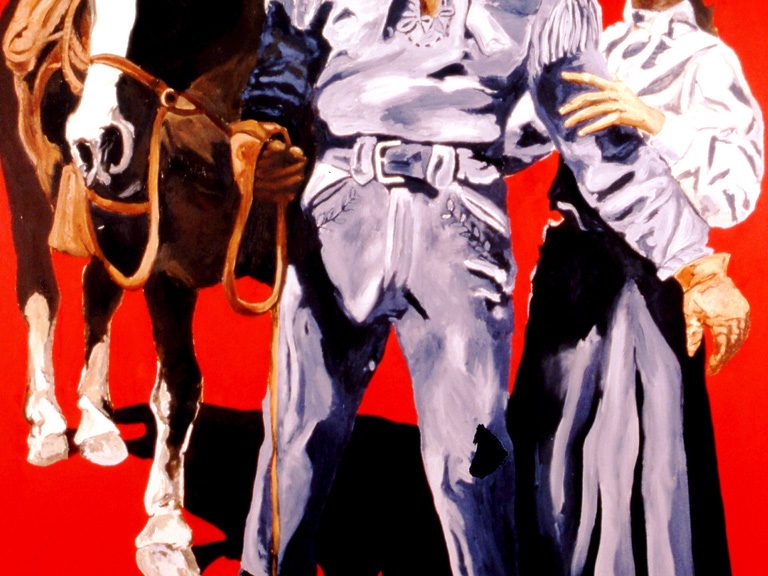
Que fait l’art à l’hôpital ? / What is Art Doing in and to Hospitals?
Que fait l’art à l’hôpital? Cette question se veut à double sens : (1) quelle est la place de l’art dans un établissement de soins, et (2) comment l’art transforme-t-il le milieu hospitalier? Contrairement aux institutions où l’art et la culture sont traditionnellement offertes (pensons aux musées ou aux théâtres), l’hôpital est un microcosme par excellence : un milieu de vie et de travail qui rassemble une panoplie d’usager.e.s, de professionnel.le.s et de visiteur.e.s venant de divers horizons qui, dans d’autres circonstances, ne se seraient vraisemblablement pas fréquenté.e.s. À l’hôpital, ils et elles se réunissent tou.te.s sous un même toit, se retrouvant régulièrement en situations d’intime proximité, avec comme vocation commune la volonté de garder la maladie à distance et de conserver la santé. Ainsi vu, l’hôpital contemporain est un espace à la fois public et privé, où le contact avec l’altérité est inévitable, et ce, à des moments de potentiellement grande vulnérabilité. Dans ce texte, je traite de L’Oeuvre Processus de Yann Pocreau pour aborder les manières dont l’art hospitalier peut servir de liant sur les plans spatial, temporel, relationnel et même existentiel pour celles et ceux pour qui l’hôpital devient, à tout le moins temporairement, un milieu de vie. https://en.calameo.com/books/006701299d850d46f5672






